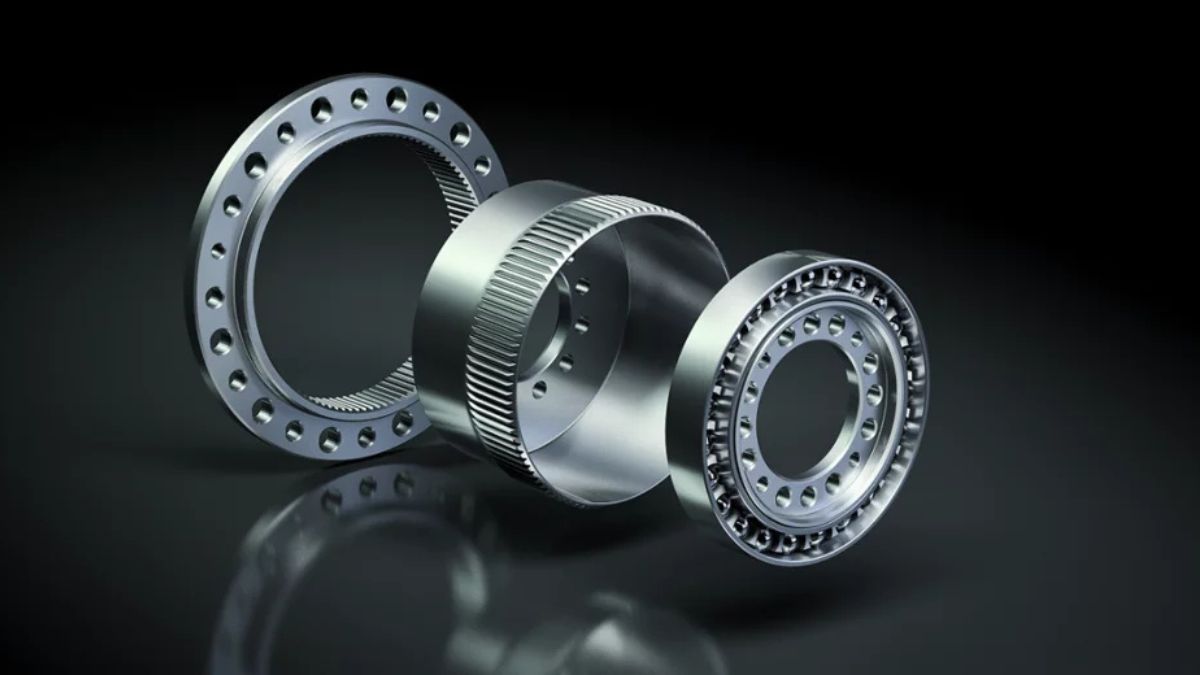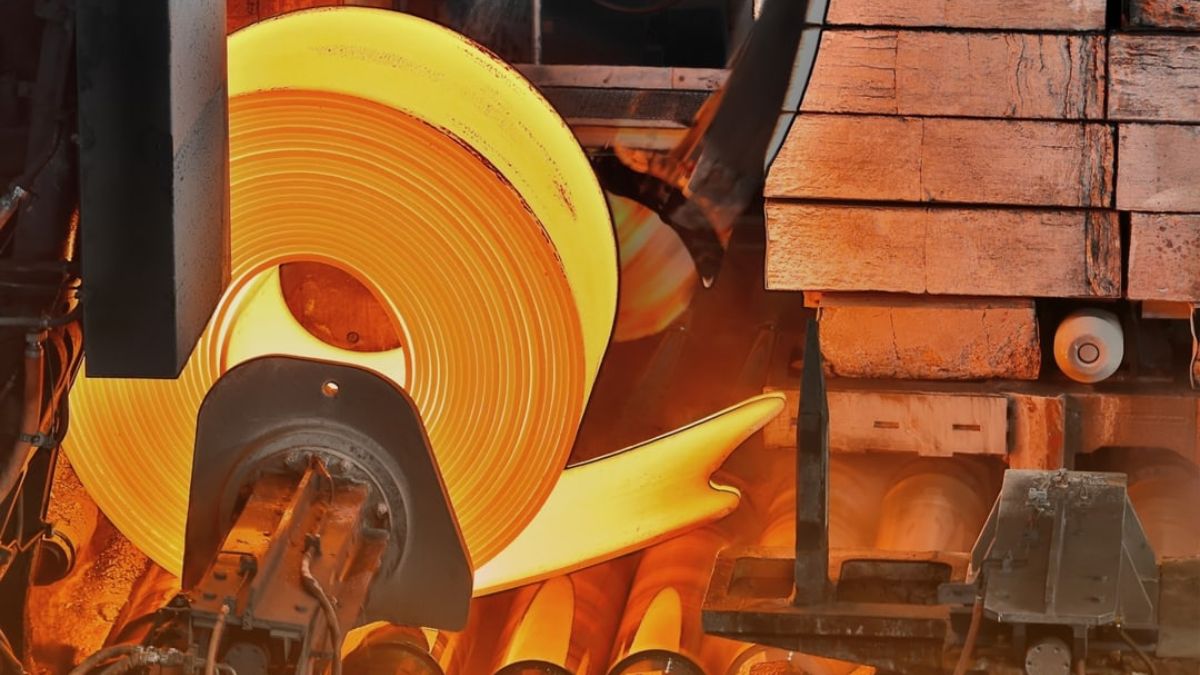Drive technology is a fascinating realm that powers the modern world. It’s the backbone of countless machines and systems we often take for granted. From manufacturing plants to transportation networks, drive technology plays a crucial role in ensuring everything runs smoothly and efficiently.
But what exactly does this term encompass? Drive technology refers to mechanisms used to convert energy into motion, allowing devices to perform their intended functions. This blog post will explore its various aspects, including application areas, types of drives in engineering, historical development, and highlight BEGE Power Transmission—a key player in this field.
Join us on this journey as we uncover the intricacies of drive technology and discover how it shapes our everyday lives!
Drive Technology Overview
Drive technology encompasses the systems and components that convert energy into movement. This process is vital in various applications, from industrial machinery to everyday appliances. At its core, drive technology ensures efficiency and precision in motion control.
The primary function of drive systems is to transmit power effectively. They accomplish this through different mechanisms such as electric motors, gears, belts, and hydraulics. Each component plays a specific role in optimizing performance for particular tasks or environments.
Innovation continues to shape the landscape of drive technology. Advanced automation and digitalization are changing how these systems operate. Smart technologies enable real-time monitoring and adjustments for improved functionality.
As industries evolve, so does the demand for more efficient drive solutions. Robust designs cater to high-performance needs while minimizing energy consumption. The focus on sustainability also drives innovations toward greener alternatives in this essential field.
Application Areas and Forms of Drive Technology
Drive technology plays a crucial role across various industries. Its application areas range from manufacturing to transportation, making it essential for modern operations. In factories, drive systems power machinery and automate processes, enhancing efficiency and productivity.
In the transportation sector, drive technology is vital for vehicles and public transport systems. Electric motors and gear units ensure smooth operations in everything from cars to trains. This not only improves performance but also contributes to sustainability efforts by reducing emissions.
Another significant area is renewable energy generation. Wind turbines rely on advanced drive technology to convert wind energy into electricity efficiently. Similarly, solar tracking systems use drives to optimize solar panel positioning throughout the day.
In agriculture, precision farming equipment utilizes drive mechanisms for better crop management and resource allocation. From irrigation systems to automated harvesting machines, these technologies help farmers maximize yields while minimizing waste and labor costs. The versatility of drive technology continues to expand as industries innovate further into automation and smart solutions.
Relevant Drive Types in Drive Engineering
Drive technology encompasses various types that play crucial roles in engineering applications. Electric motors are among the most popular drive types. They convert electrical energy into mechanical motion, providing precise control and efficiency across numerous industries.
Another vital category is hydraulic drives. These systems use fluid power to generate movement, making them ideal for heavy machinery and construction equipment. Their ability to deliver high torque at low speeds makes them exceptional for demanding tasks.
Pneumatic drives also hold significance in this field. Utilizing compressed air, they offer quick response times and are often employed in automation processes and packaging machinery. Their simplicity and ease of maintenance contribute to their widespread use.
Gear systems form an essential aspect of drive technology by transmitting power between components effectively. Gears come in various shapes and sizes, allowing engineers to tailor solutions for specific requirements while optimizing performance across different applications.
History of Drive Technology
The history of drive technology traces back to ancient times. Early civilizations relied on simple mechanisms like levers and pulleys to transfer energy. These rudimentary systems laid the groundwork for more complex solutions.
With the advent of the Industrial Revolution, significant breakthroughs occurred in mechanical engineering. Steam engines became a driving force, literally and figuratively, powering factories and machinery at unprecedented rates. This era marked the shift from manual labor to mechanization.
As technology evolved through the 20th century, electric motors began to gain prominence. They offered precision and efficiency that steam power couldn’t match. Innovations like variable speed drives transformed industries by allowing better control over machine operations.
In recent years, digital advancements have taken center stage in drive technology. Smart systems now integrate sensors and algorithms for enhanced performance monitoring. The focus has shifted towards sustainability, with many companies investing in eco-friendly solutions that reduce energy consumption while maintaining productivity.
Introducing BEGE Power Transmission
BEGE Power Transmission has carved a niche in the drive technology landscape. With decades of experience, they specialize in providing high-quality solutions tailored to various industrial needs. Their commitment to innovation ensures that their products meet the ever-evolving demands of modern applications.
The company prides itself on its extensive range of offerings, from gearboxes to couplings and specialized components. Each product is engineered with precision, ensuring optimal performance and reliability across diverse sectors such as manufacturing, mining, and renewable energy. BEGE Power Transmission understands that every application requires unique solutions.
What sets BEGE apart is their customer-centric approach. They work closely with clients to understand specific challenges before designing customized drive technology solutions. This collaboration fosters long-term partnerships built on trust and satisfaction.
Moreover, BEGE’s emphasis on sustainability aligns with global efforts toward greener engineering practices. By investing in eco-friendly technologies and materials, they contribute positively not just to industries but also to the environment. This holistic view makes them a leader in the field of drive technology while prioritizing future generations’ needs.
Advantages of BEGE Power Transmission in Drive Technology
BEGE Power Transmission stands out in the realm of drive technology for several compelling reasons. First and foremost, their commitment to quality ensures that customers receive reliable solutions tailored to their specific needs. The products are engineered with precision, ensuring optimal performance even under demanding conditions.
Flexibility is another significant advantage offered by BEGE. They provide a wide range of drive systems suitable for various applications—from industrial machinery to renewable energy projects. This versatility makes it easier for clients to find exactly what they need without compromising on efficiency or effectiveness.
Moreover, BEGE emphasizes innovation in its offerings. By staying at the forefront of technological advancements, they continually enhance their product line with state-of-the-art features that improve functionality and reduce downtime. Clients can trust these cutting-edge solutions will help them maintain a competitive edge.
Exceptional customer support is integral to the BEGE experience. Their knowledgeable team is dedicated to assisting clients through every step of the process—from initial consultation right through post-installation support—ensuring complete satisfaction.
By choosing BEGE Power Transmission for your drive technology needs, you’re opting for reliability, flexibility, innovation, and unmatched service—all essential elements in today’s fast-paced industrial landscape.









